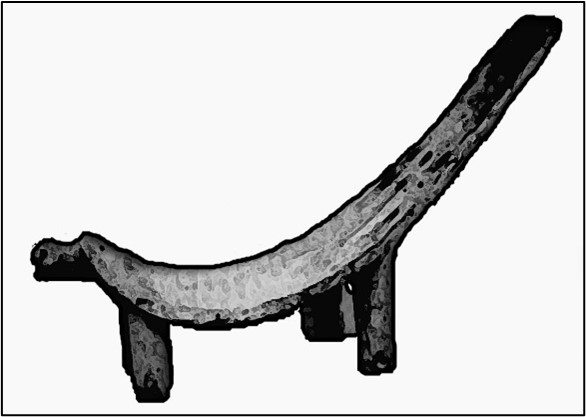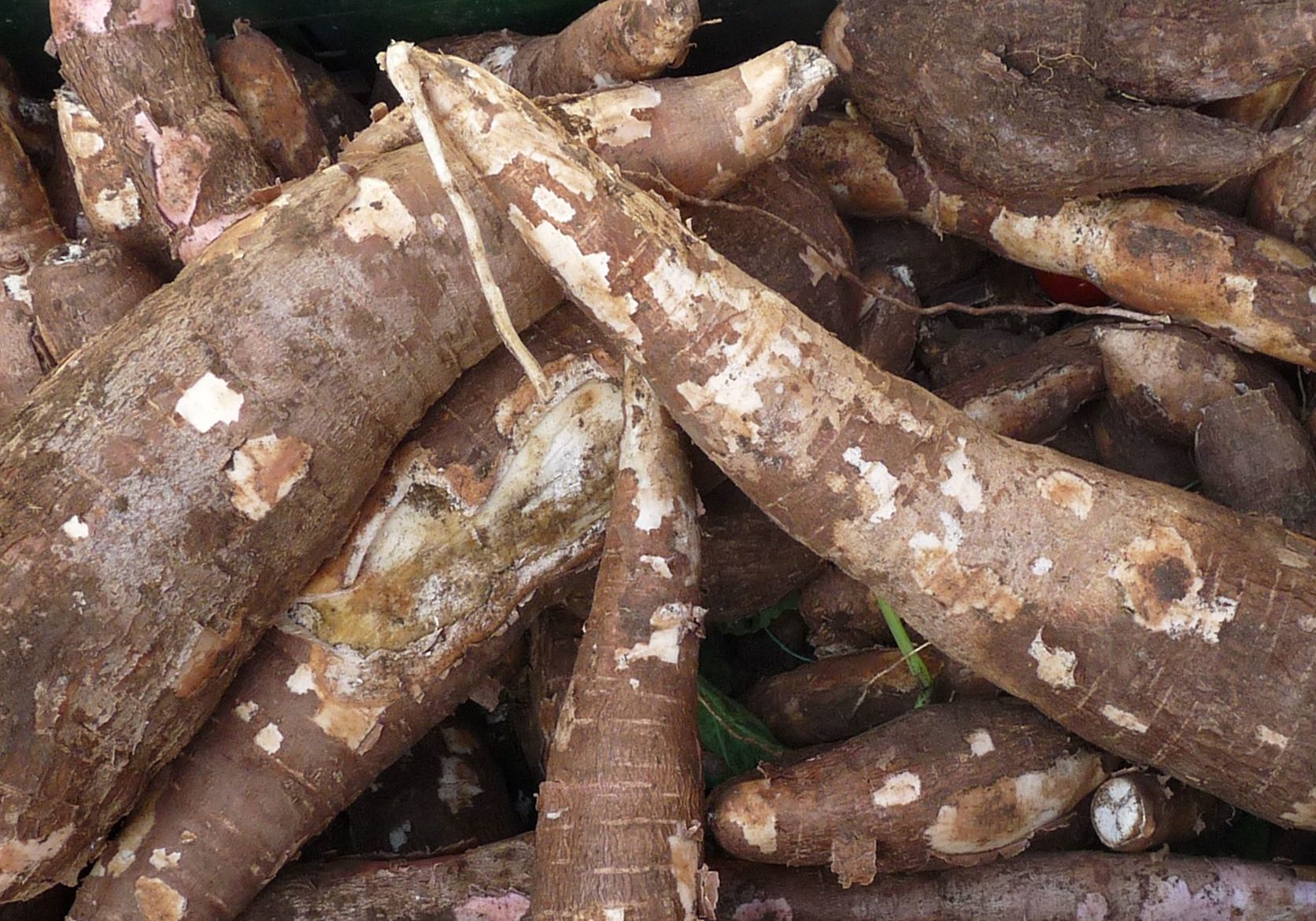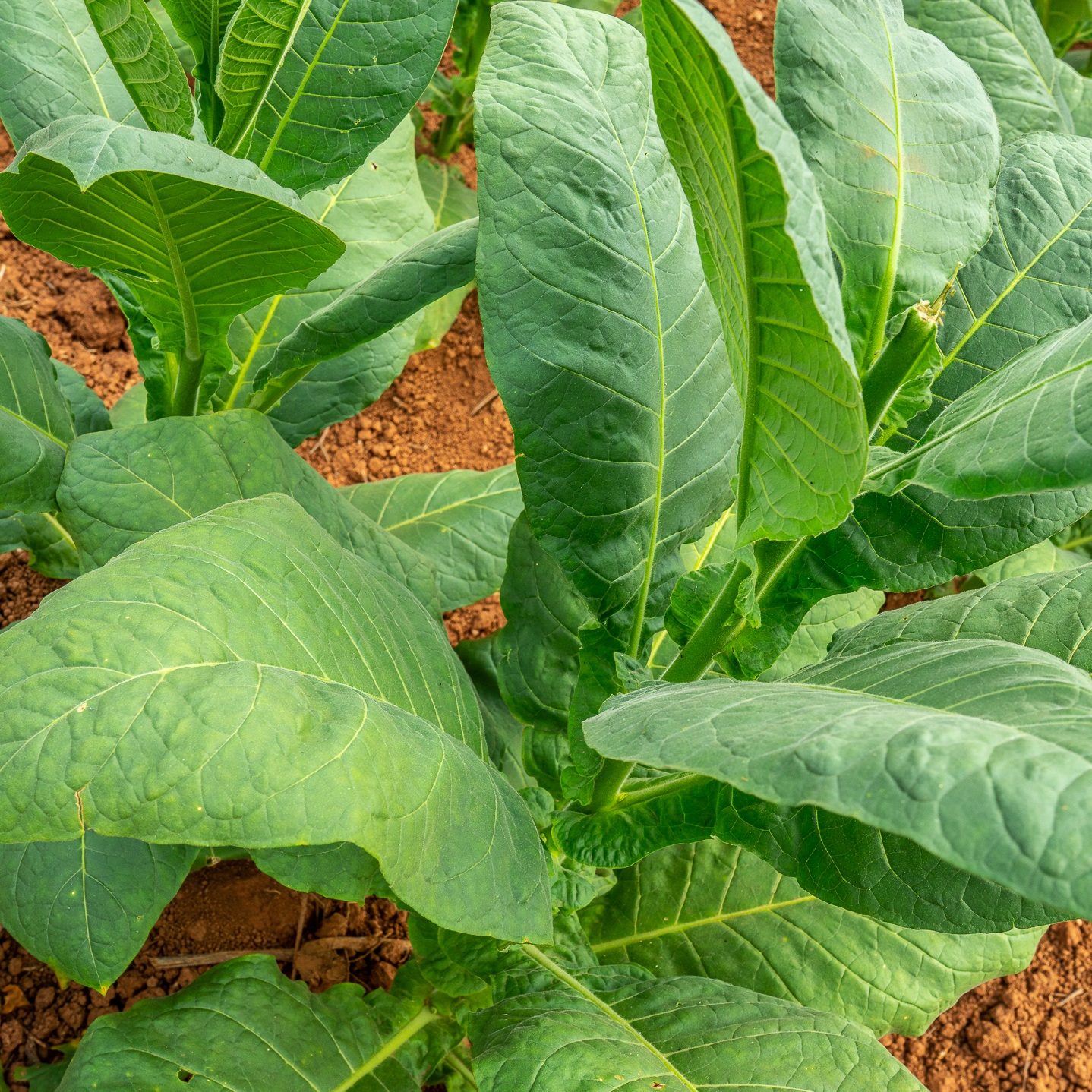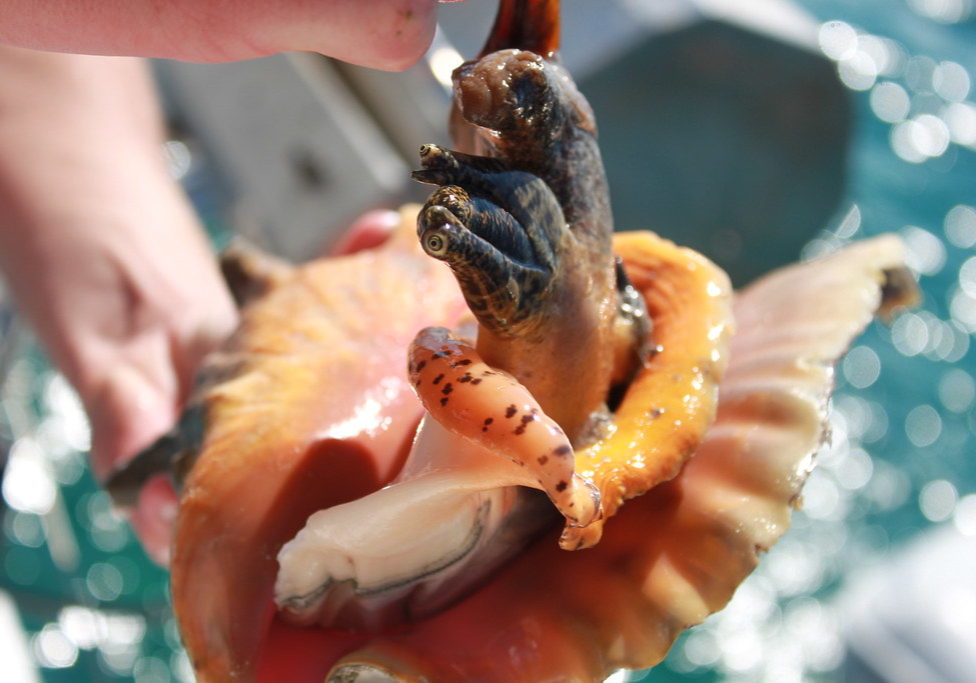lucayan people


Before the arrival of Columbus in The Bahamas, many of the islands of the Lucayan archipelago were settled by the friendly Lucayan people with an estimated population of 20,000 to 40,000 people. These Amerindian descendants of the Arawak-Tainos had populated the Lucayan Islands for at least 600 years before European contact. Unlike the mountainous, big island life of their Taino descendants, the Lucayans lived in much smaller communities on flat islands, with the highest elevation being Mount Alvernia, also known as Como Hill, on Cat Island some 206 feet (or 62.8 meters) high.
The Lucayans were a friendly people and ‘lovers of peace’ whose lifestyles were similar in many ways to that of their Taino counterparts. However, their way of life among the less fertile, smaller islands of The Bahamas had evolved into a distinct culture over the centuries. Each inhabited Lucayan Island consisted of small communities or villages that were headed by Caciques. The Caciques were chieftains responsible for the political and religious affairs of their respective villages. Their four-legged, low-lying ceremonial stools (or duhos) that were made of stone or wood represented their seat of authority. In comparison, the islands of the northern Caribbean were divided into much larger territories, each ruled by a Cacique. The Taino Caciques had no political or religious control over the Lucayan Islands.
The Arawaks believed in an eternal paradise called coyaba—a place of pleasure where the Caribs would be their servants. The Spanish lured unsuspecting Lucayans aboard their ships as captives under the pretense that they would be repatriated to coyaba. They also believed in spirits called Zemis that lived in trees, carved images, and relics of the dead. Devils were often in the shape of a monkey or an owl. Fortune or misfortune meant that the spirits were pleased or displeased.
In contrast with their Taino counterparts, the Lucayans were less familiar with warfare. Being further north of the Caribbean, their islands were less subject to the attacks by their war-faring counterparts, the Caribs. They knew nothing of iron or swords. Columbus did note that several of the Lucayans on San Salvador had scars about their bodies, which they claimed were from “people from neighboring islands who wanted to capture them….”
Some suggest that these attacks could have come from one of at least three groups of people. One possible group was the Caribs, who were the arch enemies of the Taino people. These war-faring people had already worked their way northward from South America through the smaller islands of the Lesser Antilles in the southern half of the Caribbean. By the 1450s, they were launching successful raids on Puerto Rico and Hispañiola in the Greater Antilles of the northern Caribbean chain. Another possible group could have been Tainos from the Greater Antilles, and the third possibility could have been Indians from Florida.
Thinking he had arrived in the Far East, Columbus believed the Lucayans were Indians. These native Amerindians were described as being brown-skinned, handsome, and physically fit in appearance. Their foreheads were flattened shortly after birth, which they believed provided added protection against the blows of enemies. Their long, straight, black hair was ‘as coarse as a horse’s tail’ and covered their flattened foreheads as far as the eyebrows. Lucayans wore little clothing and went about almost naked. The men wore loincloths and the women short mantle skirts.

The Lucayan Diet
Quisque commodo id mi non porttitor. Aenean sapien eros, commodo in lectus eu, auctor pretium diam. Mauris non orci quis est hendrerit laoreet id eget purus. Vivamus id ex non urna pulvinar consequat.
Tobacco—a name derived from the Tainos—may have also been among the crops grown by Lucayans. The Spaniards were first introduced to smoking tobacco by the Tainos of Cuba. The Lucayans called the plant cohiba. The leaves were rolled and smoked like cigars. However, the Y-shaped pipe that was inserted into their nostrils while smoking was called ‘tabaco.’ The Spaniards adopted the habit, which spread worldwide in the years that followed.
The Lucayans were also agile hunters and very skilled at diving. In 1508, large numbers of Lucayans were taken as slaves by the Spanish to Cubagua, a small island off the Venezuelan Caribbean coast to dive for pearls. Meats eaten by the Lucayans included conch (a sea mollusk now popular in the Bahamian diet), agouti (related to the rabbit; called utia by the Lucayans), fish, and turtle. Pottery used was made from burnt shells and is described as Palmetto Ware. They were known to engage in trade among the Lucayan Islands, as well as the northern Caribbean islands of Hispañiola (Haiti) and Cuba using dug-out canoes that transported up to 150 rowers.
Lucayan homes were made of wood and were either round with cone-shaped roofs or rectangular in shape. The roofs were also thatched with palm branches. Some of these homes accommodated extended families consisting of up to 20 persons in some cases. For recreation, Lucayans enjoyed singing and dancing, which they called ‘arieto’, and drank beer made from cassava or maize. Although the Lucayans were a friendly people, their carefree lifestyle would soon be lost with the advent of European explorers.

